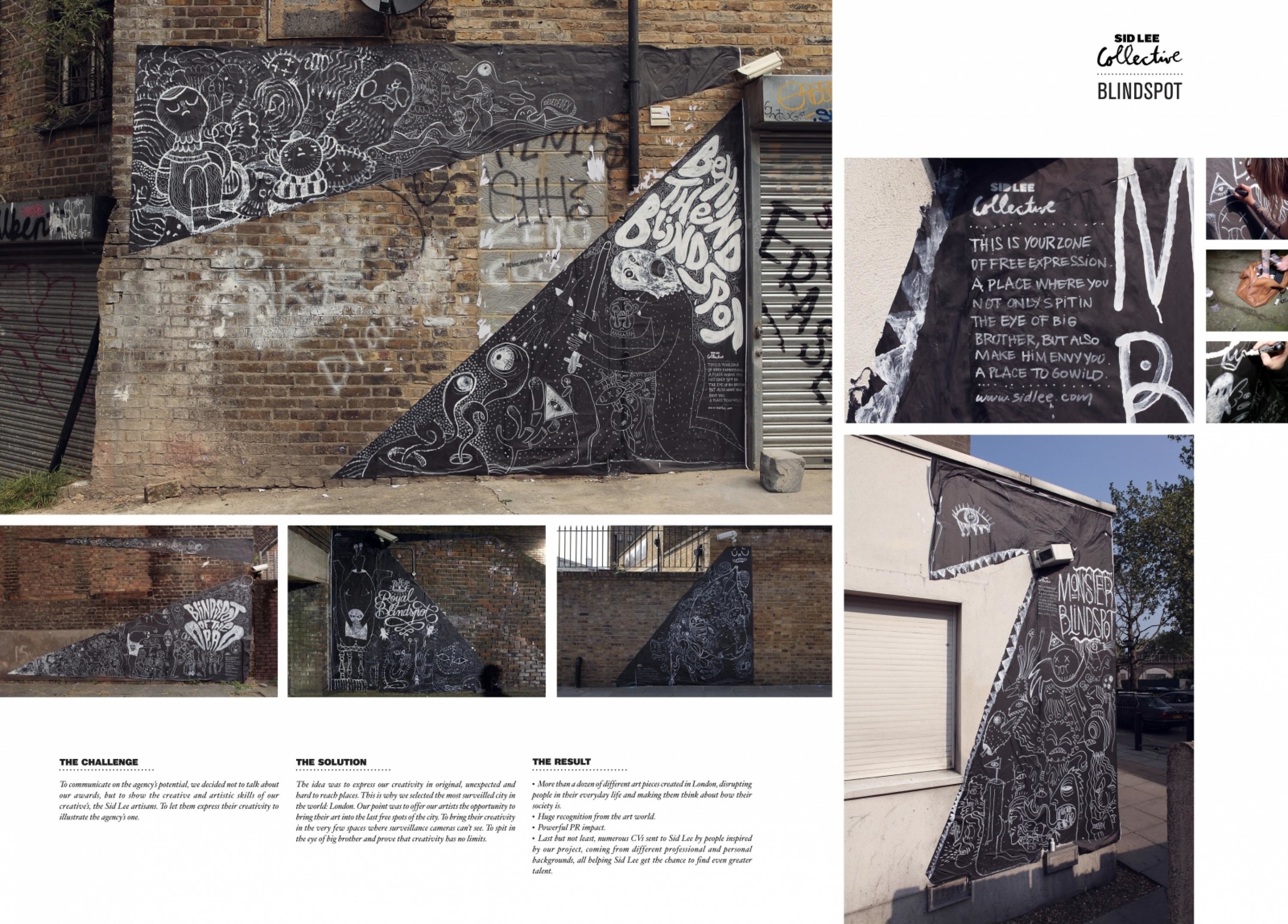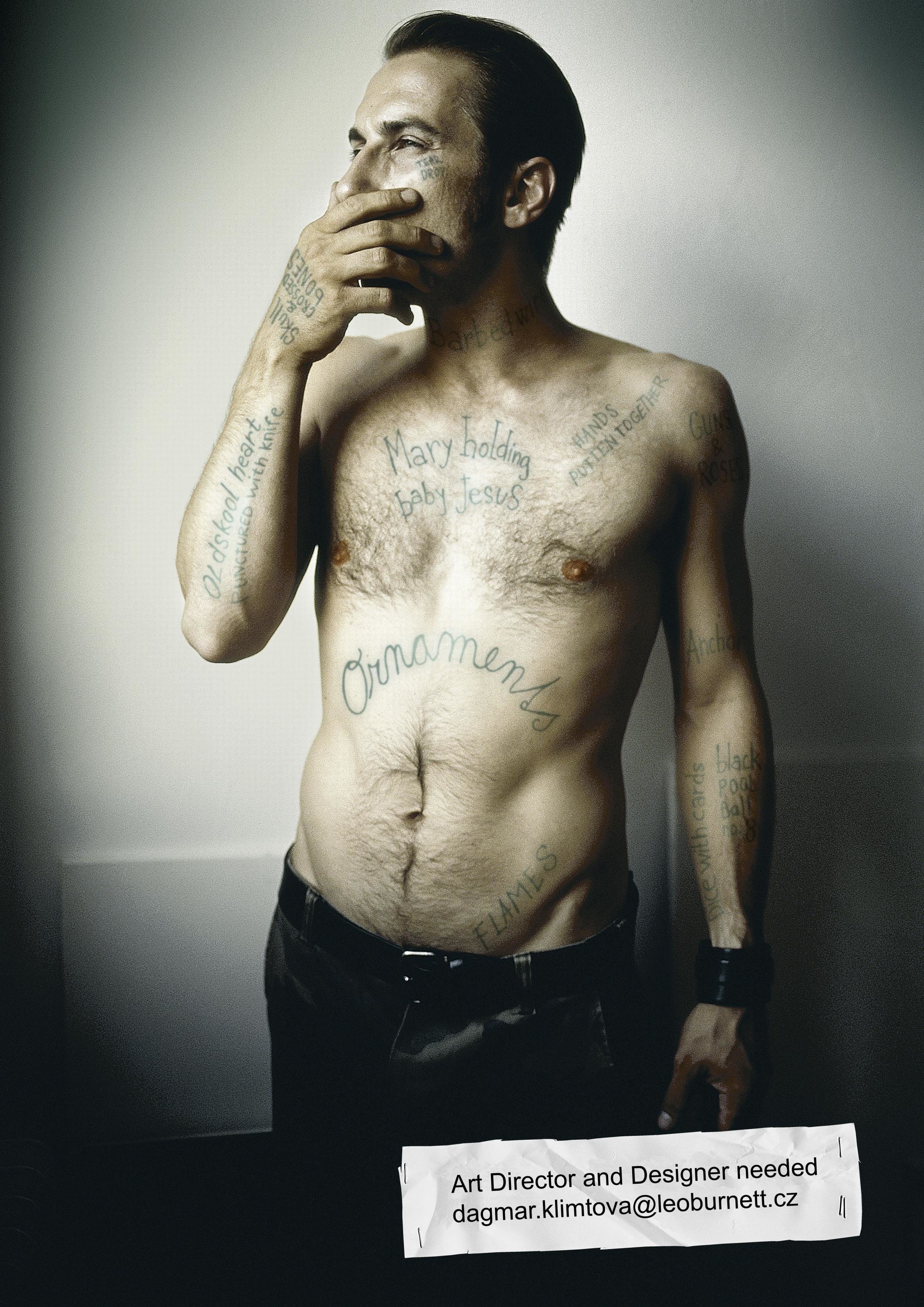Cannes Lions
Furniture Retransformed
SID LEE, Montreal / SID LEE / 2022

Overview
Entries
Credits
OVERVIEW
Background
After two years in a temporary space, 400 workers at a creative agency in Montreal were finally moving to a new office. The old space was filled with wood that would be thrown away. This move became an exciting opportunity to apply a circular design strategy. Per the company's values, it was essential to recover the materials and give them a second life, thus promoting circular design within the office. We collected ALL of the wooden materials from our temporary office and extended its life cycle by creating new furniture for the new office. Using every piece of wood down to the sawdust, we created new tables, chairs, a huge shelving unit, and more in the new office. The concept for the new furniture was inspired by the architectural language and form of the new office building. From design to manufacturing, we were able to eliminate all potential waste.
Idea
The creative idea was to turn to-be wasted wooden materials into new furniture through circular thinking. Rather than create waste, the life cycle of the wood was extended by turning the old into new. The concept for the new furniture was inspired by the architectural language and form of the new office building. Each piece of furniture was designed to be easy to REUSE, REPAIR, and UPGRADE in the future. The old wood was turned into new tables, stools, chairs, shelves, and libraries. Furniture that was multifunctional and modular was created for different uses depending on the needs. This allowed something temporary to be everlasting. At the end of the day, EVERY SINGLE PIECE OF WOOD was used.
Strategy
The goal was to create a modular space designed with circular thinking in mind for employees and visitors within a new office. This space was created to be modular and multifunctional depending on our evolving needs (conference, events, exhibition, collaborative work, presentation, etc). In addition, each piece of furniture created from the old wooden materials was designed to be genuinely circular by fabricating and preparing it to be easily changed, fixed, or recycled in the future. The target audience is over 400 employees and our clients. Crucial steps were taken to ensure that every step of this project was as sustainable as possible.
Execution
The first step was to disassemble the wood, collect, number and quantify the material. Then we searched for suppliers for the design and the physical transformation. Once that was secured, we briefed the suppliers. Then we began presentations and corrections to validate the plans with sustainability and circular thinking in mind. Next, we transported the wood to the cabinetmaker's workshop, where we kept the fabrication sustainable by using eco-responsible products (glue and stain). The furniture assembly was designed to ensure ease of disassembling and reassembling in the future, along with the benefit of modular pieces. Finally, the new furniture was transported and installed on the premise in a space dedicated to promoting circular design. For our timeline, conversations began with suppliers on January 19, 2021, and furniture delivery started around September 15, 2021. The scale was a 1:1 human-scale built to last in a commercial office space.
Outcome
We recovered ALL of the wood from an old office and extended its life cycle by remastering it into new furniture. Every piece of wood was reused, including the sawdust. The new furniture was used to create an inviting, modular, and valuable space that utilizes circular thinking and promotes it. This space became a central hub and is now the most frequented area in the office. The new furniture was inspired by the architectural language and form of the new office building’s vertical lines, international architecture, and architectural grid design. The project unlocked a new attitude shift in approaching circular thinking through a creative design-forward lens. It also kick-started a behavioural change that ushers in a more circular economy by challenging society’s wasteful linear methods. By demonstrating that old materials can be regenerated into something new, we have proven how circular thinking can be a sustainable, cost-efficient, and rewarding process.
Similar Campaigns
12 items





